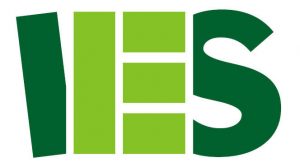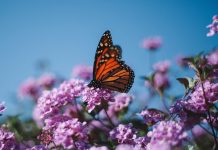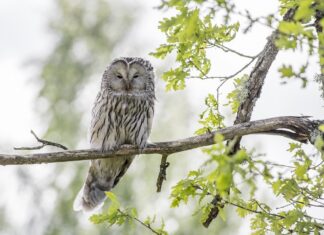Welcome to this new art: writing online!
As a national representative, you can share your thoughts, your research and your proposals … to the whole world.
Writing for the web is different from writing for print or for an academic publication. We will see how to dedicate ourselves to this art, from two points of view: one formal and the other technical.
At the moment, you are learning to enter a text as “Author”.
2. How to put text online in Word Press
Heading 1
Heading 3
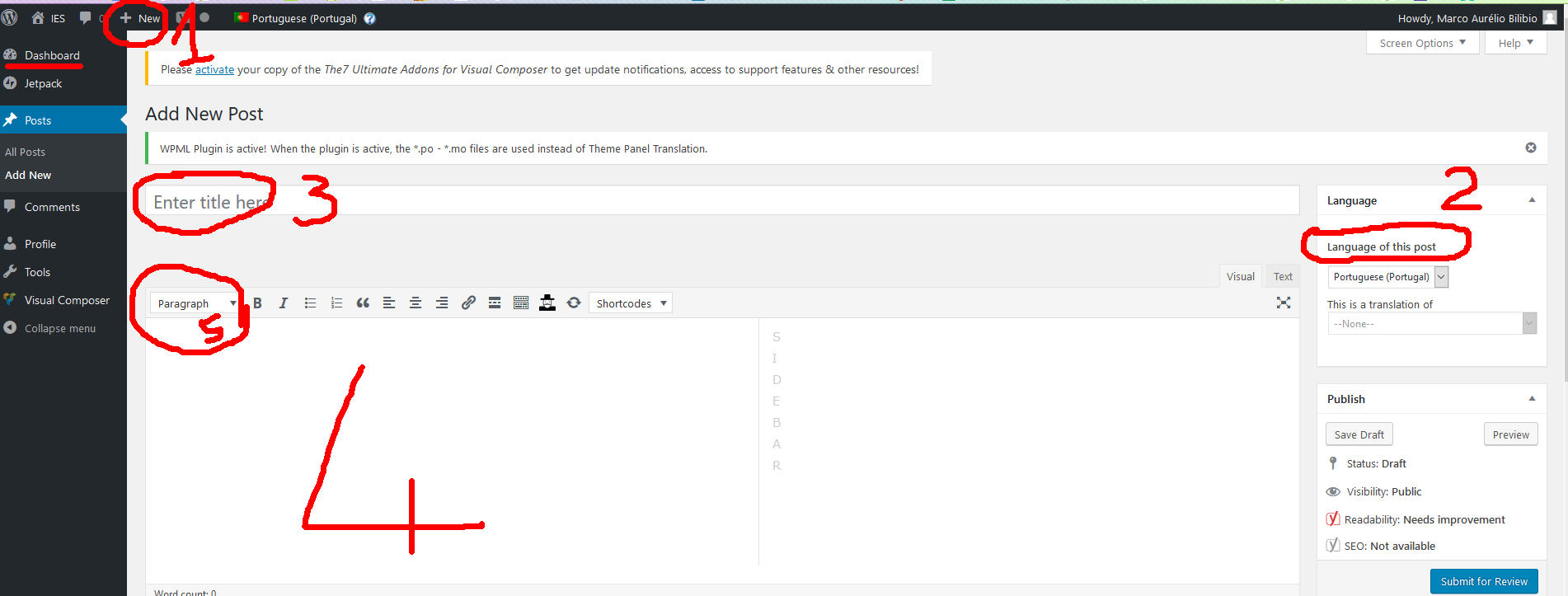
In some things, the Word press editor is … spiteful.
Between the simple text (Paragraph) and a title (Heading), for example, there must be a “new line”, otherwise the whole paragraph takes the title characteristics. To decrease the space between the paragraphs, positioned at the beginning of the line that has “fallen too much” and give the “back” command.
To cancel the last command you gave, when it did not get the result you wanted, just do “control z”.
For the rest, writing is done as in a Word document, with all the options: bold, italic, bulleted list, numbered list.
Bold is only used for simple words or a group of words.
3. Optimize SEOs
Below the box where you wrote the article, there is a box called Yoast SEO.
With SEO (Search Engine Optimization), we mean “search engine optimization”, that is, all activities aimed at improving the visibility of a website in the search engines.
Here we can choose how our article will be displayed by Google (for example).
“Snippet view” is the name of the box that will be displayed. If we do not like it, we’ll go down to edit it and edit the title and / or text of the box.
Here we can also add a keyword that characterizes the article (it only has internal utility).
4. Save the draft of the article
Do not forget to save all your work!
At the moment it will not be visible on the site, it will first have to be seen and corrected by the site administrators, but with the Preview button, you can already see how it appears online.
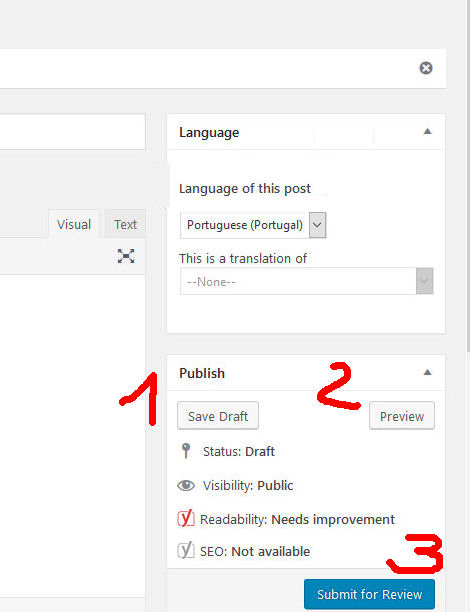
5. A help video
Start by already practicing and inserting your articles that will be published after review.
Enjoy!



